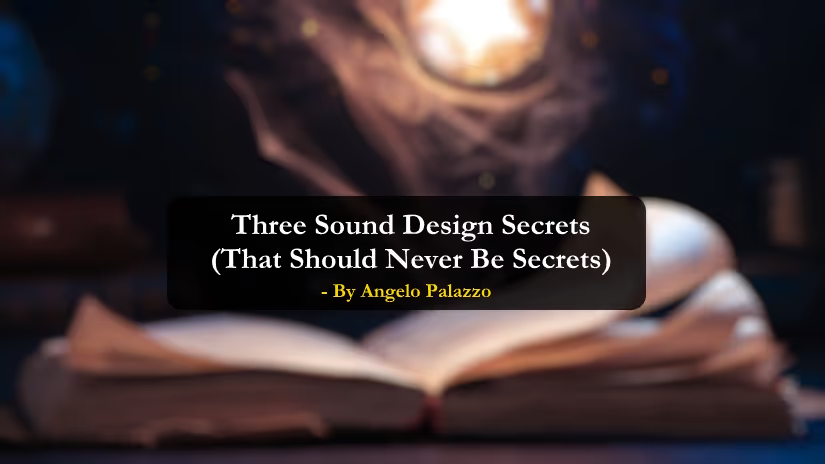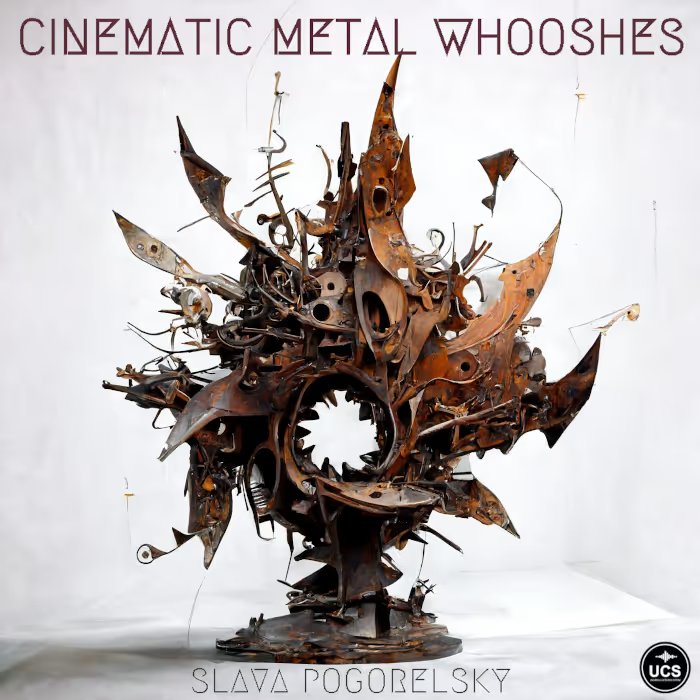Sound designers would like you to believe that what we do is an ancient mystical art passed down from the ages, a guarded practice known only to a secret order of post-production monks who spend their lives tuning the air.
Obviously, that’s not true.
But the myth persists, partly because when sound is done right, it feels like sorcery.
Here are three “secrets” that aren’t secrets at all. They’re fundamentals that every great soundtrack lives by.
1. Silence Is Pressure, Not Emptiness
Silence doesn’t relax an audience. It traps them.
It’s the moment when the world collapses inward and the mind becomes hyperaware. When you strip away everything like the hums, the ambiences, the safety blanket of sound … what’s left is raw exposure.
Every breath, every shoe scrape, every thread of cloth suddenly matters.
When you strip away everything like the hums, the ambiences, the safety blanket of sound … what’s left is raw exposure. Every breath, every shoe scrape, every thread of cloth suddenly matters.
Think of Saving Private Ryan. The instant after the explosion on Omaha Beach when Tom Hanks’s ears ring and the world falls away. That ringing isn’t just realism; it’s a sonic point of view. It makes you feel the shock, the disorientation, the collapse of sense.
That’s the power of silence. It’s not absence, but compression.
2. Perspective Is More Powerful Than Volume
Loud doesn’t equal big.
Perspective equals big.
A whisper can feel more dangerous than a gunshot if it’s placed right… close, dry, and intimate against a wide, airy background. The contrast tricks the ear into believing it’s closer than real life.
You can hear this trick everywhere once you know it.
In Joker, when Arthur laughs alone in his apartment, the room tone drops and his breath feels inches away. The sound is small, but the moment feels enormous.
Perspective is story.
It tells you where you are or whose head you’re in.
3. Clarity Beats Complexity
The biggest mistake young sound designers make is confusing density with depth.
Ten layers of chaos don’t make something powerful. They make it muddy. The audience doesn’t feel more; they feel lost.
What works is focus.
A few bold, clean choices that give space for each sound to breathe.
Listen to Mad Max: Fury Road. Amid the noise, every cut is surgical. Each gear shift, scream, and metallic grind has its place. The mix feels massive because the sounds aren’t competing.. they’re cooperating.
Clarity is confidence.
It says, “I know exactly what matters here.”
These aren’t trade secrets. They’re the language of sound itself, the grammar of how we build emotion through air and time.
The real “secret” of sound design is that it’s not mystical at all.
It’s intentional.
And the better you understand it, the more alive the world becomes.
About Angelo Palazzo:
Angelo Palazzo is a three-time Emmy Award–winning sound designer and FX editor with over 30 years in Hollywood post-production. His work and collaborations have helped shape the sonic worlds of Stranger Things, Ripley, Bridgerton, Frozen, Blue Beetle, and more.
He writes about the art, craft, and philosophy of cinematic sound and is the founder of Sound Designer Pro, a creative platform for sound design professionals launching soon. Learn more about him here.




